Achieving the right surface finish in CNC machining is crucial for both functionality and aesthetics, but it requires careful control of multiple factors.
CNC machining surface roughness refers to the tiny irregularities on a part’s surface after machining, impacting performance, durability, and appearance. Achieving the right finish enhances functionality and meets design specifications.
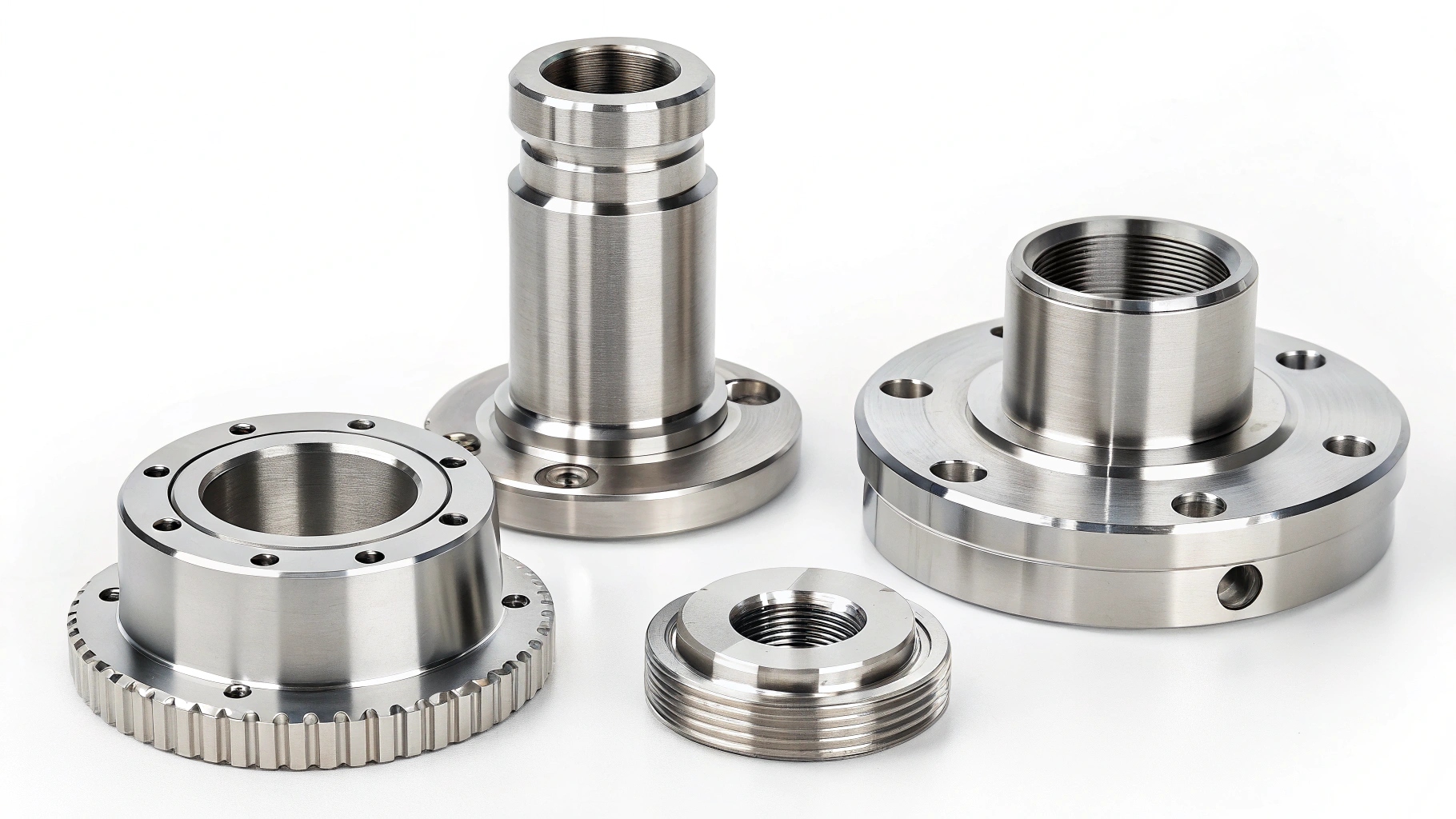
Surface finish impacts everything from component fit to wear resistance. Let's dive deeper into the critical aspects of surface roughness and finishing.
What is Surface Roughness in CNC Machining?
Surface roughness in CNC machining refers to microscopic surface irregularities1 measured in micrometers (µm). It affects part performance, durability, and aesthetics. Controlling surface roughness ensures precision, functionality, and quality in machined components.
Understanding Surface Roughness Parameters
Different parameters describe surface roughness, each offering unique insights into the surface characteristics:
| Parameter | Description |
|---|---|
| Ra2 | Average roughness, representing mean deviation |
| Rz3 | Measures peak-to-valley height differences |
| Rt | Total height from the highest to lowest point |
Understanding these values is essential for selecting the appropriate finish for specific applications.
Typical Surface Roughnesses Achieved By CNC Machining
Different machining processes produce varying levels of roughness, affecting part performance.
Typical surface roughness in CNC machining ranges from 0.4 µm for fine grinding to 12.5 µm for rough turning. Processes like milling, turning, and grinding impact the final surface quality, influencing part performance and functionality.
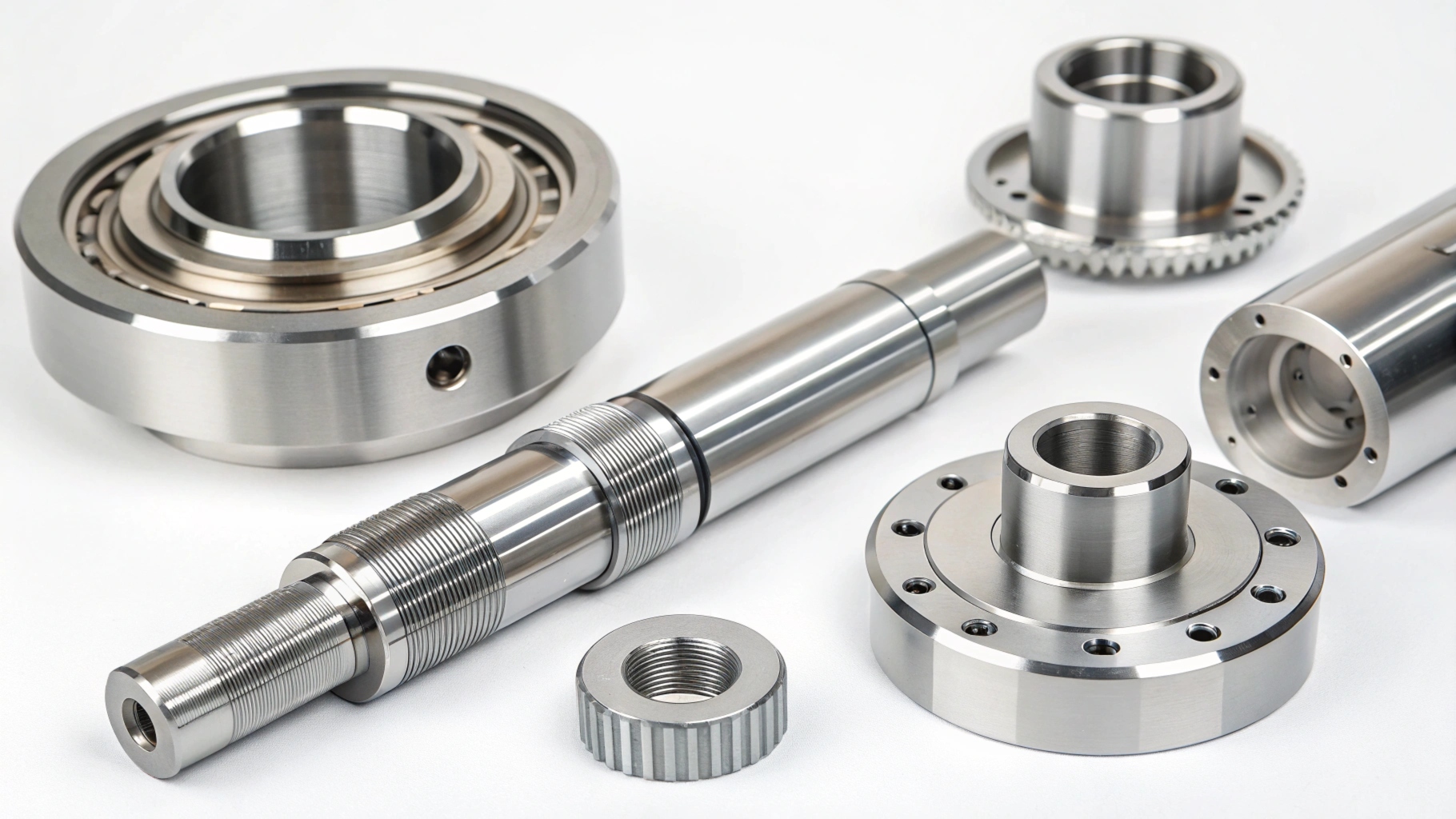
Comparing Surface Finishes Across Processes
The following table highlights typical roughness values for CNC machining methods:
| Machining Process | Typical Ra (µm) |
|---|---|
| Rough Turning | 6.3 - 12.5 |
| Fine Turning | 0.8 - 3.2 |
| Milling | 0.4 - 6.3 |
| Grinding | 0.1 - 0.8 |
Selecting the right machining method is key to achieving the desired surface finish.
Factors Affecting Surface Roughness
Several factors influence the final roughness of CNC machined parts, requiring careful optimization.
Surface roughness in CNC machining is influenced by factors such as cutting speed4, feed rate5, tool condition6, and material properties. Optimizing these parameters helps achieve the desired surface finish, improving part quality and performance.
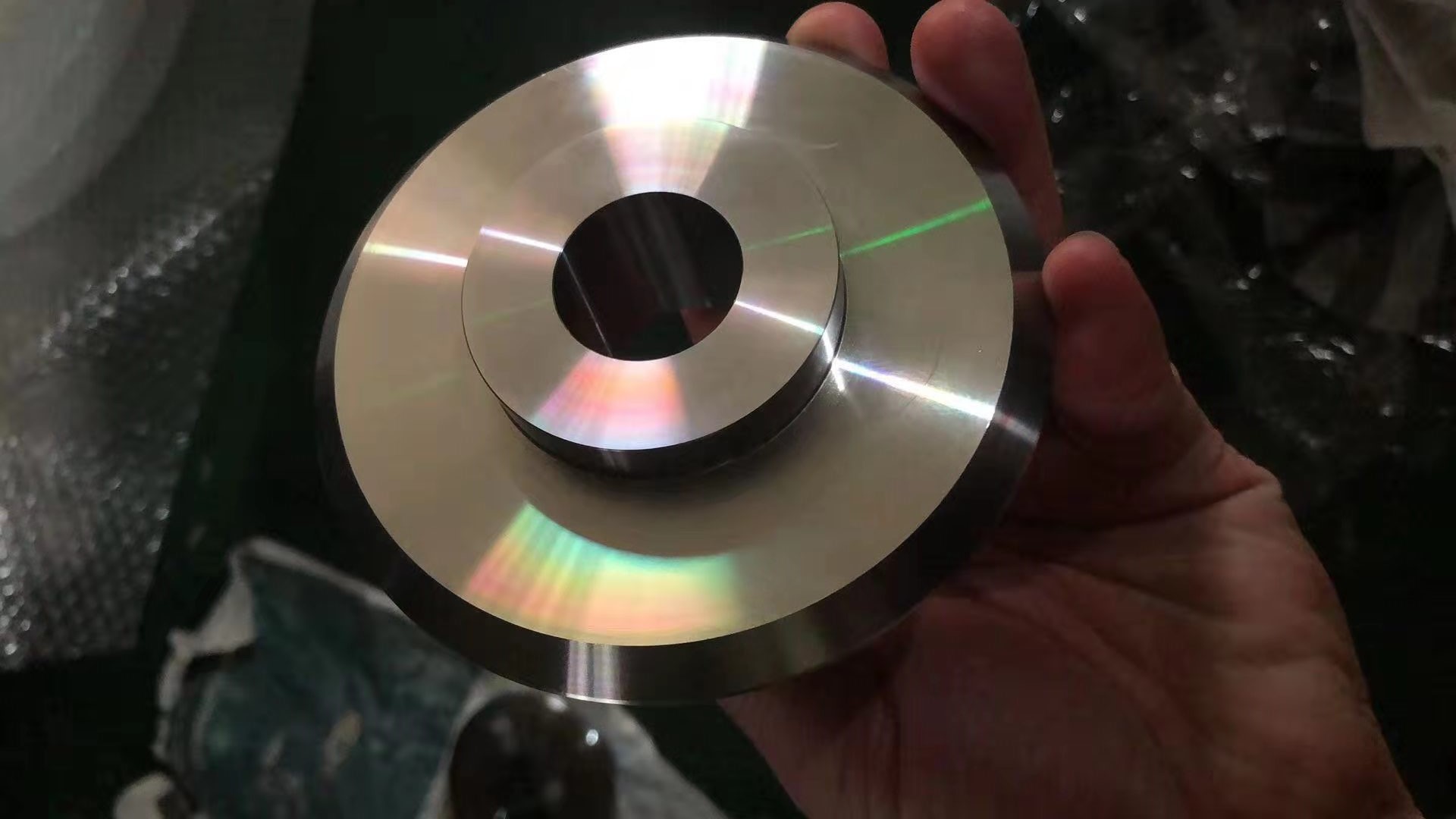
Key Factors Influencing Surface Roughness
-
Machining Parameters:
- High cutting speeds usually yield smoother finishes.
- Lower feed rates produce finer surface textures.
-
Tool Selection and Condition:
- Sharp, high-quality tools minimize surface defects.
- Worn-out tools result in rougher finishes.
-
Material Type:
- Soft materials may deform under pressure, affecting roughness.
- Hard materials often achieve smoother finishes due to reduced deformation.
-
Coolants and Lubrication:
- Help to reduce heat and prevent material adhesion.
- Improve chip evacuation, leading to smoother surfaces.
Considering these factors allows manufacturers to achieve consistent, high-quality finishes.
Common Surface Finishing Techniques
Post-machining surface treatments enhance the durability and appearance of CNC machined parts.
Common CNC surface finishing techniques include polishing, anodizing, bead blasting, and electroplating. These methods enhance surface appearance, improve corrosion resistance, and achieve the desired texture based on application needs.
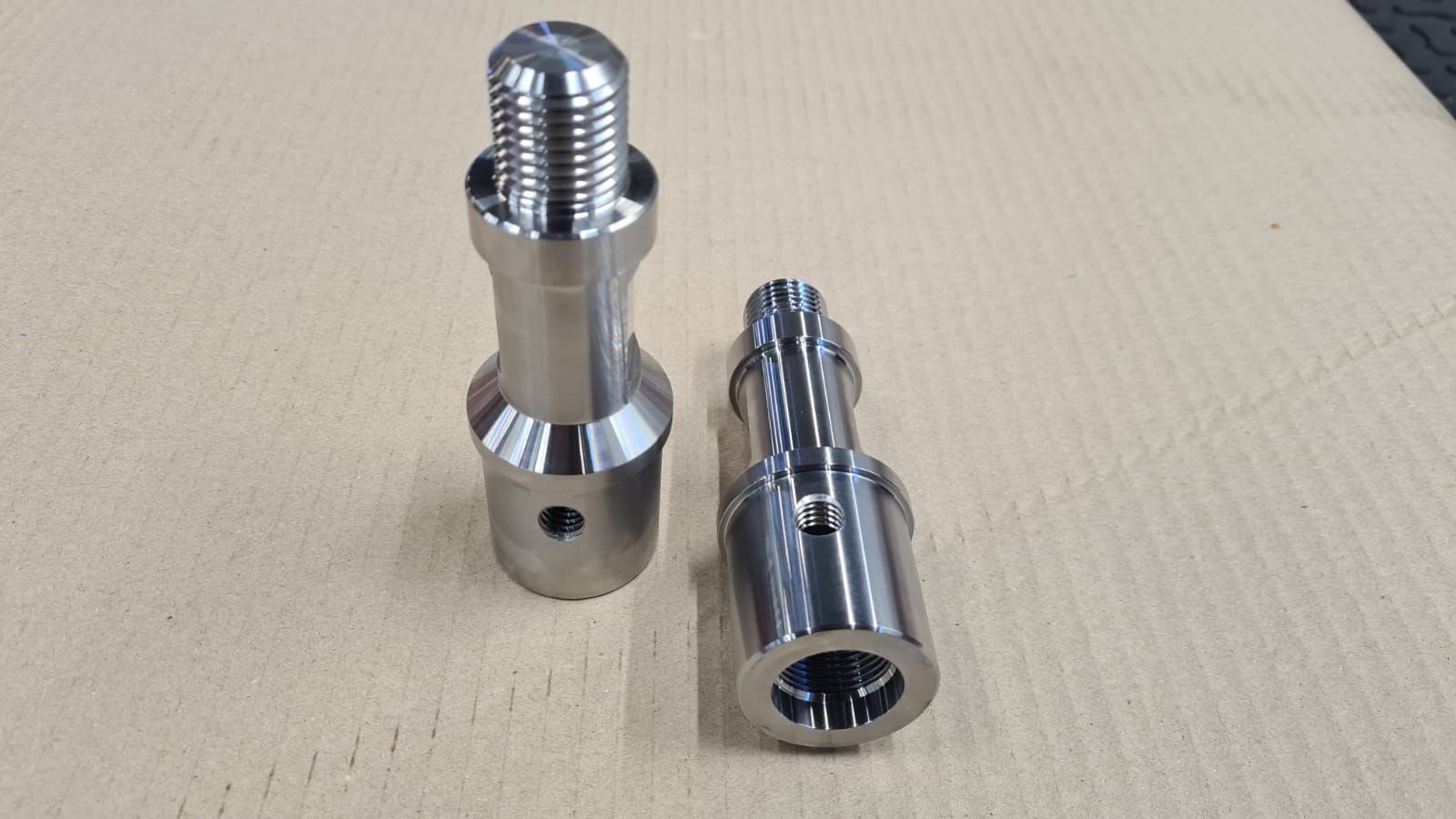
Popular CNC Surface Finishing Methods
| Finishing Method | Description | Common Applications |
|---|---|---|
| Polishing | Enhances surface shine and smoothness | Automotive, aerospace |
| Anodizing | Provides corrosion resistance | Aluminum parts |
| Bead Blasting | Creates a uniform matte texture | Industrial machinery |
| Electroplating | Adds a protective metal layer | Electronics, medical devices |
Each finishing technique offers unique advantages depending on the application requirements.
Measuring and Controlling Surface Roughness
Accurate measurement is crucial to ensure that parts meet specified roughness requirements.
Surface roughness in CNC machining is measured using contact profilometers7, optical devices, and comparison charts8. These methods ensure parts meet design specifications and achieve the required surface quality.
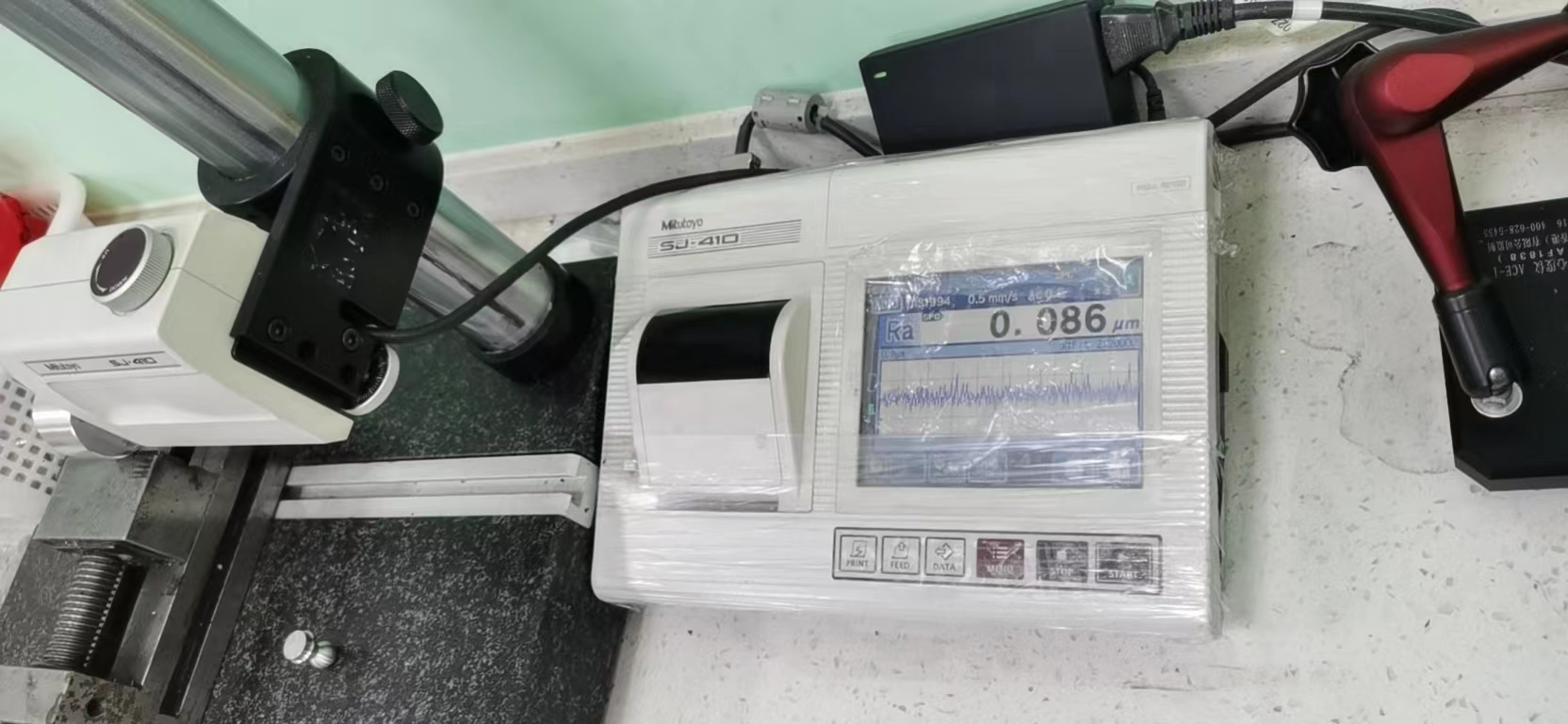
Methods for Measuring Surface Roughness
-
Contact Profilometers:
- Use a stylus to scan the surface, providing precise readings.
- Suitable for detailed surface analysis.
-
Optical Measurement Devices:
- Use light to analyze surface texture without physical contact.
- Ideal for fragile components or soft materials.
-
Comparison Charts:
- Visual comparison against standard roughness samples.
- A quick but less precise method.
Effective quality control requires selecting the right measurement technique based on production needs.
Choosing the Right Finish for Your Application
Selecting the right finish is crucial to meet functional and aesthetic requirements.
Selecting the right surface finish in CNC machining depends on factors such as functionality, environmental conditions, and cost. A proper finish enhances durability, aesthetics, and overall performance of the part.
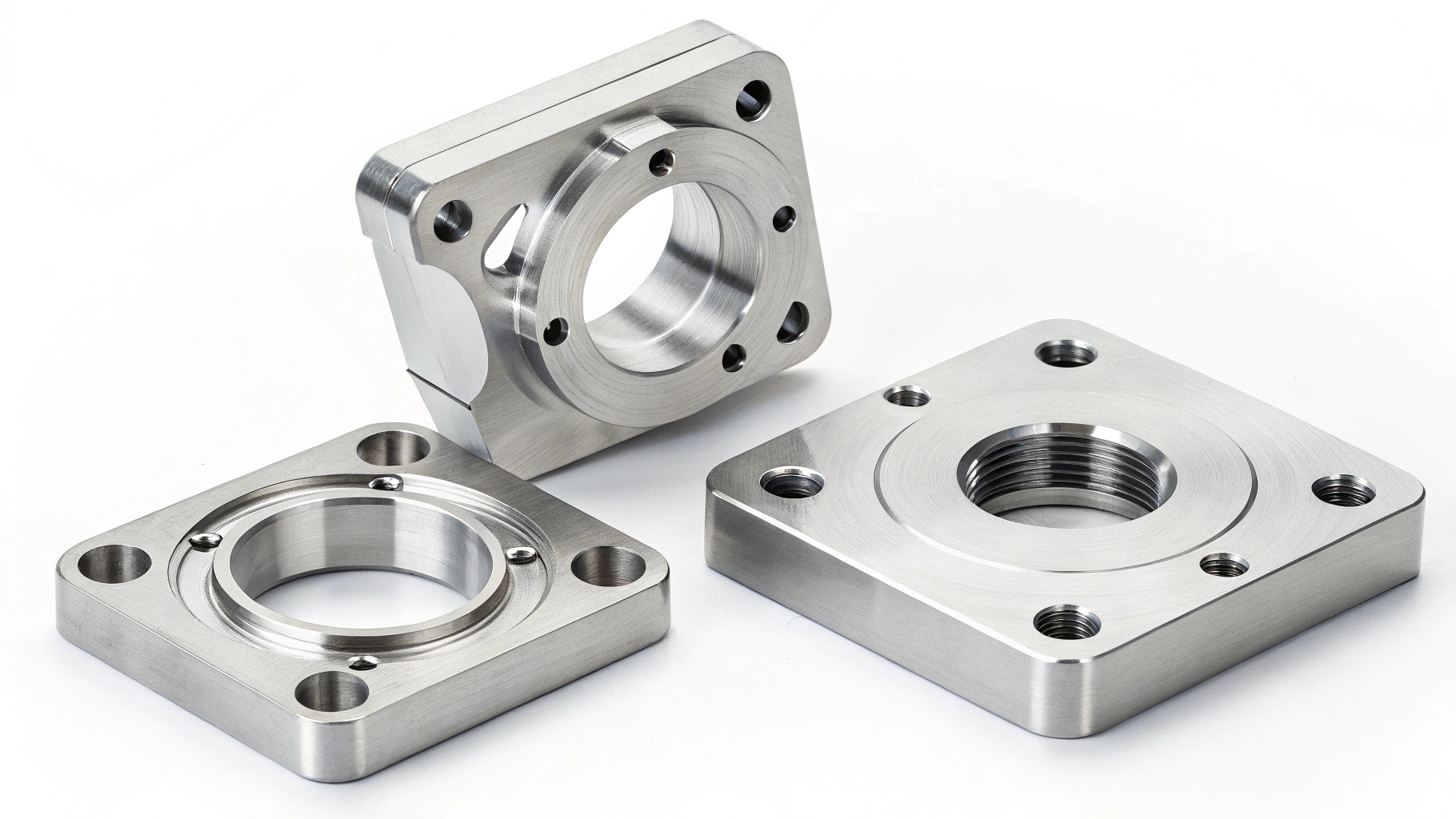
Considerations for Selecting the Right Finish
-
Functionality:
- High-wear parts require durable coatings.
- Cosmetic parts need smooth, polished finishes.
-
Environmental Factors:
- Corrosive environments need protective coatings like anodizing.
- Indoor parts may need minimal finishing.
-
Cost Considerations:
- Some finishes, such as powder coating, are cost-effective.
- Premium finishes like electroplating can be expensive but provide superior protection.
Choosing the right finish ensures the part meets both performance and budget requirements.
What is the difference between roughing and finishing CNC?
Roughing and finishing are two distinct stages in CNC machining, each with a specific purpose.
Roughing in CNC machining rapidly removes material with heavy cuts, while finishing uses lighter cuts to achieve precision and smoothness. Roughing prioritizes speed, whereas finishing focuses on accuracy and surface quality.
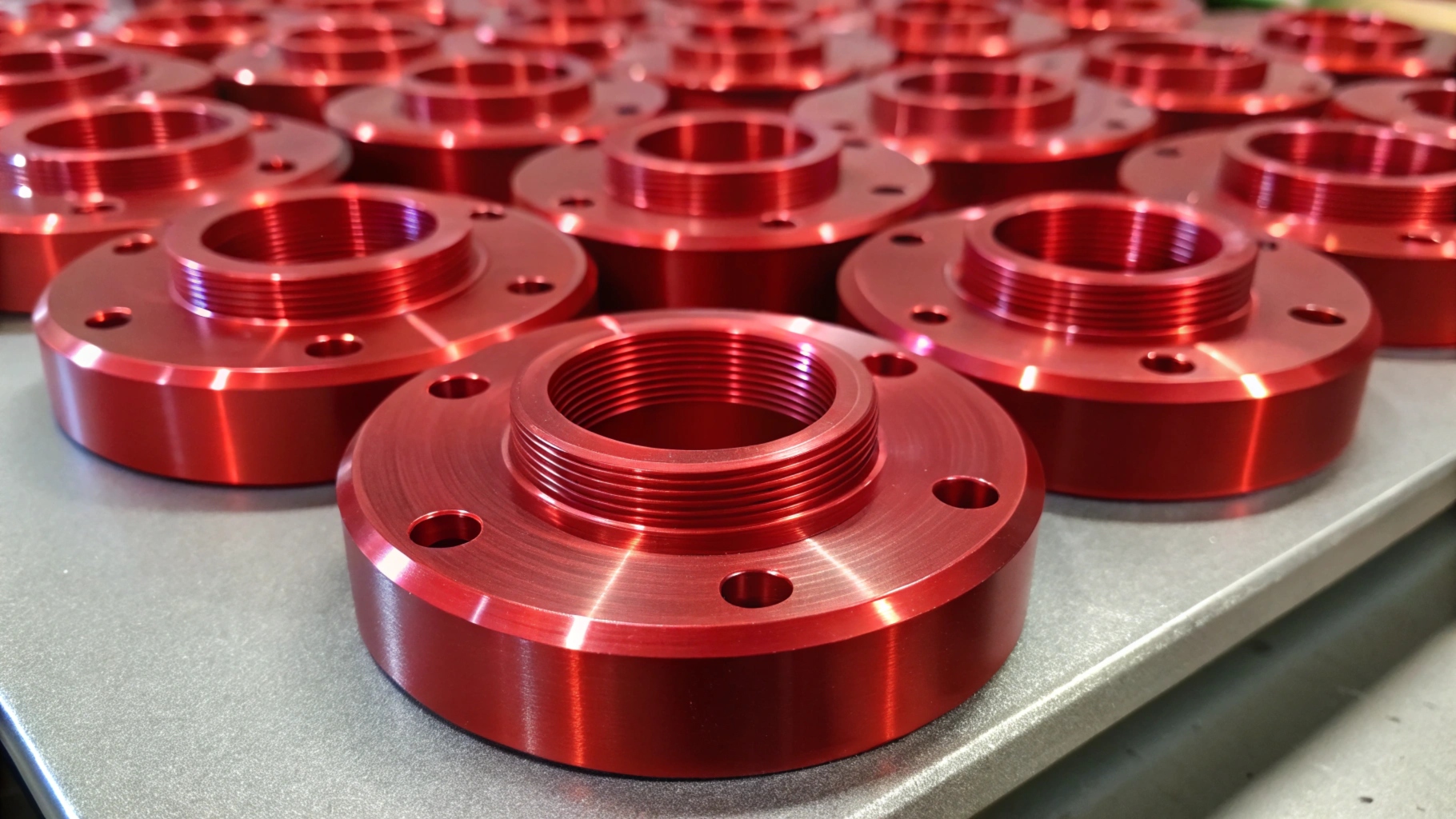
Comparing Roughing and Finishing
| Feature | Roughing | Finishing |
|---|---|---|
| Purpose | Material removal | Surface refinement |
| Cutting Speed | High |
Conclusion
Surface roughness in CNC machining plays a critical role in determining the quality and performance of machined parts. Understanding the factors affecting roughness and selecting appropriate finishing techniques help manufacturers achieve optimal results.
-
Exploring this link will deepen your understanding of how microscopic surface irregularities impact CNC machining quality and performance. ↩
-
This link provides a comprehensive explanation of Ra, helping you grasp its significance in evaluating surface quality. ↩
-
Discover the importance of Rz in surface roughness analysis and how it differs from other parameters for better machining decisions. ↩
-
Understanding the impact of cutting speed on surface roughness can help optimize machining processes for better finish and efficiency. ↩
-
Exploring the relationship between feed rate and surface roughness can lead to improved machining strategies for superior surface quality. ↩
-
Learning about the influence of tool condition on surface roughness can guide maintenance schedules and tool selection for optimal results. ↩
-
Explore how contact profilometers provide precise surface roughness measurements, ensuring parts meet design specifications. ↩
-
Understand the quick but less precise method of visual comparison for surface roughness, suitable for initial assessments. ↩

